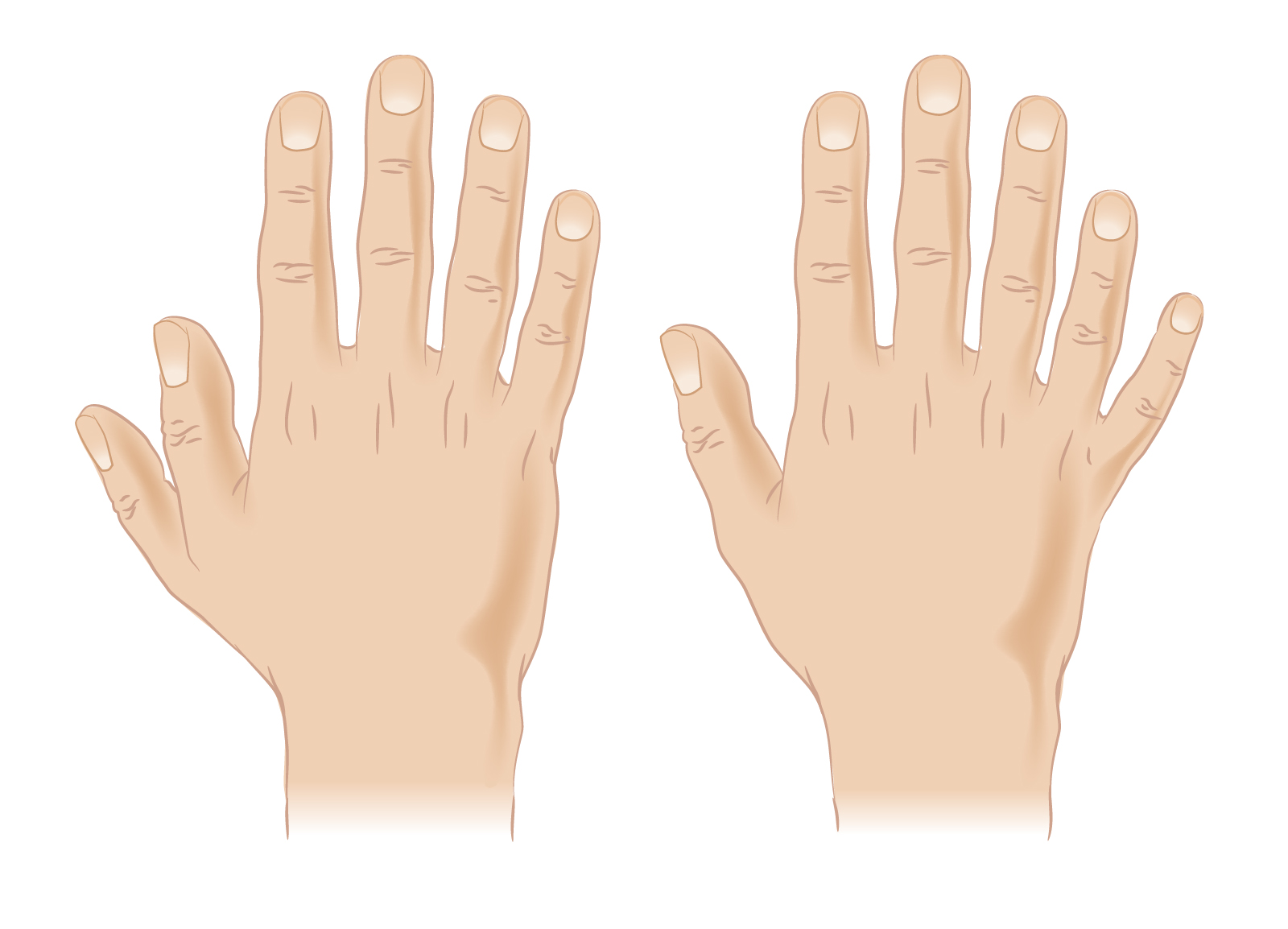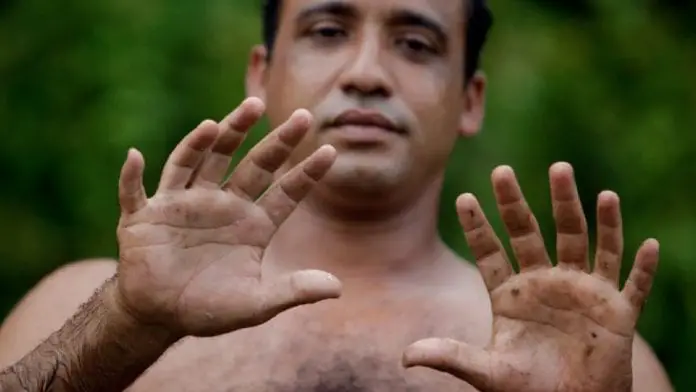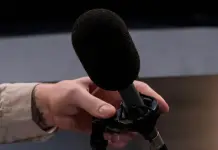Have you seen some people who have an extra digit, whether on their hand or foot? Perhaps you know someone who has an extra digit, and wonder why they have that extra digit? Well, today we’re unraveling the causes behind these extra digits, and finding out why do people have extra fingers/toes!
Polydactyly
Yes, that’s the word for having extra digits. To begin with, here are some quick facts about polydactyly:
- Can occur on one/both hands/feet, though the right hand and left foot are most commonly affected
- Hands are more commonly affected than feet
- It is twice as common among men
- An estimated 1 in every 700-1,000 babies are born with polydactyly
- African-Americans are most prone to polydactyly, occurring in 1 in 150 births

Polydactyly Severity
Polydactyly is considered an anomaly, and in some cases some may opt to have the extra digit removed. However, not every extra digit can be removed with ease due to the way they’re formed. There are three “levels” in which polydactyly can occur: skin and soft tissue (nubbin); skin, soft tissue and bone with no joint; as well as skin, soft tissue and bone with a joint. As you can probably guess, the easiest to remove would be the skin-and-soft-tissue digit. If it’s removed within the first year of birth, some doctors simply tie a string at the base of the digit to cut off its blood supply, and it would just fall off. For the other “levels”, removal is more complicated, usually requiring surgery and/or reconstruction of the adjacent digit.

Types Of Polydactyly
Not every extra digit sprouts the same place for every person, and the types of polydactyly are classified according to their location.
Ulnar or Poststaxial Polydactyly (Small Finger Duplication): This is where the extra finger is outside of the little finger, also known as the ulnar side. It is the most common form of polydactyly, and is known as fibular polydactyly if it occurs with the toes.
Radial or Preaxial Polydactyly (Thumb Duplication): Occurring less commonly, radial polydactyly is where the extra finger is outside of the thumb, or the radial side. If it occurs with the toes, it is known as tibial polydactyly. Thumb duplication often occurs in isolation, and only on one hand or foot.
Central Polydactyly: The rarest form of polydactyly, this is where the extra finger is attached to the ring, middle or most commonly the index finger. People who have central polydactyly may also have webbed hands or feet.
/https:/www.thestar.com/content/dam/thestar/life/2015/09/19/its-natural-but-an-extra-finger-will-still-draw-attention-ethically-speaking/polydactyly.jpg)
Why Does Polydactyly Happen?
During normal embryonic development, the hand first forms in the shape of a paddle. The hand splits into separate fingers during the sixth or seventh week of gestation. Polydactyly occurs if there’s an irregularity during the process, where a single finger further splits into two. Most polydactyly occurs without any apparent cause, but some polydactyly may be due to a genetic defect, or a hereditary condition. Sometimes, children can even be born with 12 fingers and 12 toes – one extra digit on each limb, or even more than 12 digits!

Does Polydactyly Affect Other Aspects Of Life?
Usually, there’s no great concern about polydactyly, unless it’s for aesthetic purposes. However, depending on how the extra digit is formed or its placement, it can hinder movement and daily tasks. Some surgery to remove the extra digit may also lead to reconstruction of the adjacent digit, and sometimes the reconstructed digit is less able than other “normal” digits. If it’s a hereditary condition, it could also be associated with some other health conditions.
















